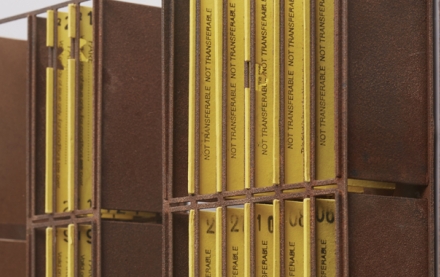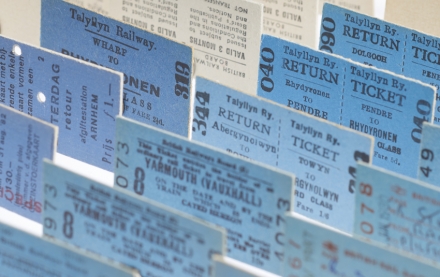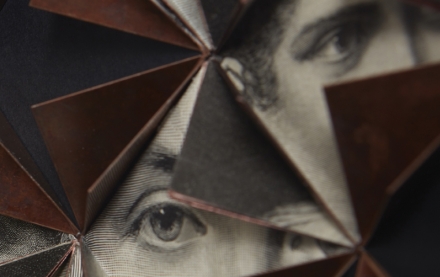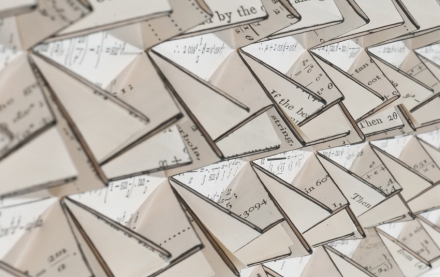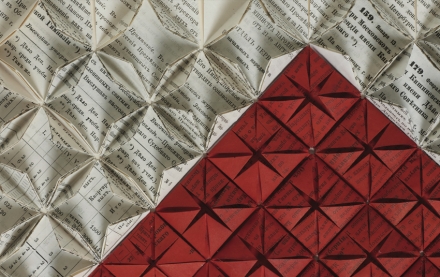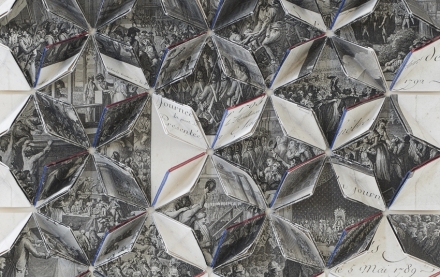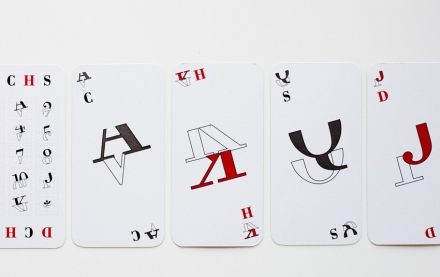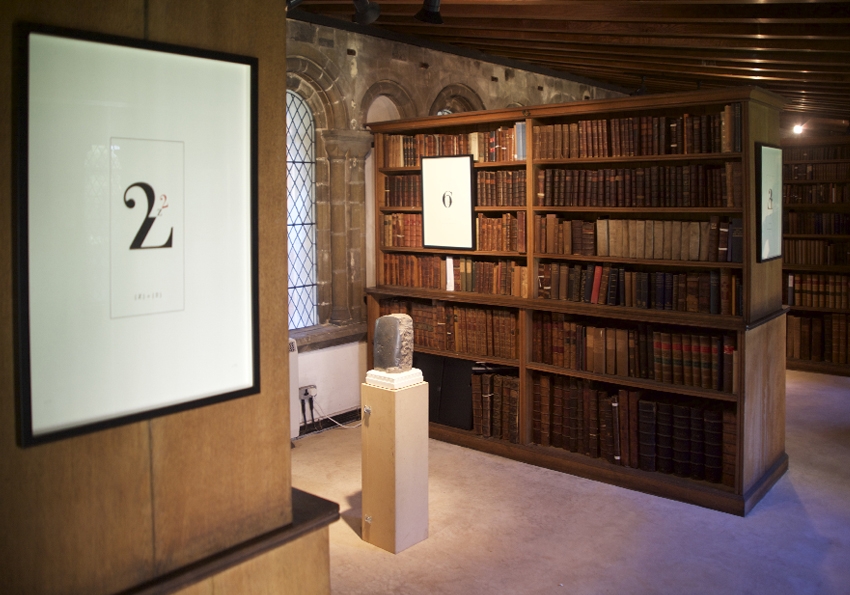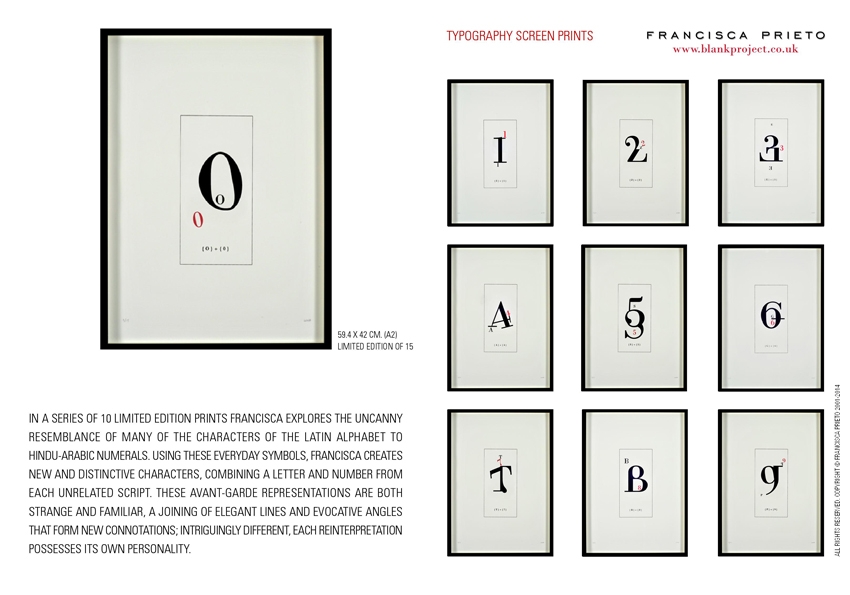GROUP EXHIBITION: INCUNABULA
INCUNABULA: Latin; the Earliest stages or first traces of anything; the word is used to refer to a book from the earliest stages of printing, before 1501)
Group Exhibition
25 August – 6 September 2015
Norwich Cathedral Historic Library
Norwich as a city has a long history of a love of books and words. It was the home of the first known woman to write a book in the English language (Julian of Norwich in 1395) when she wrote down a series of mystical visions. The first poem in blank verse was written here by Henry Howard, in the 16th Century. The first provincial library was also built here in 1608, and the first newspaper printed in 1701, and it was also the first city to implement the Public Library Act of 1850.
Incunabula, a wonderfully rich exhibition in the Library at Norwich Cathedral will show contemporary work in the long medieval room in the cloisters, alongside the medieval illuminated manuscripts and historical objects that are housed in this historical place. The collection includes the Norwich Doomsday (a beautiful illuminated manuscript), nine ‘incunabula’ including the Nuremburg Chronicle (a lavishly illustrated history of the world), and a 1549 copy of Tyndale’s New Testament.
Incunabula has been curated by Christopher Minchin (Norwich Cathedral Artist in Residence) with Gudrun Warren (Norwich Cathedral Librarian and Curator).
Opening 25th August, 6.30-8pm
Location:
Norwich Cathedral Library
Norwich
NR1 4DH
***
Norwich Cathedral Library:
In the early days of the monastery books were kept in cupboards in the areas where they were needed – liturgical books in the church, books for study in the cloister (where some of the cupboards can still be seen), books for reading allowed at meals in or near the Refectory.
Norwich claims to be one of the earliest monasteries in England to have established a dedicated book room, towards the end of the fourteenth century; there was also a chained collection in the “dormitory chapel”. It is thought that these rooms lay roughly where the present library reading room is now.
New book collections were established by copying from known manuscripts – either Norwich would have borrowed a manuscript, copied it, then returned it, or they might have sent a monk from Norwich to another monastery to copy books in situ. Different texts were then bound together so that although the texts were not unique, the manner in which they were gathered together was.


